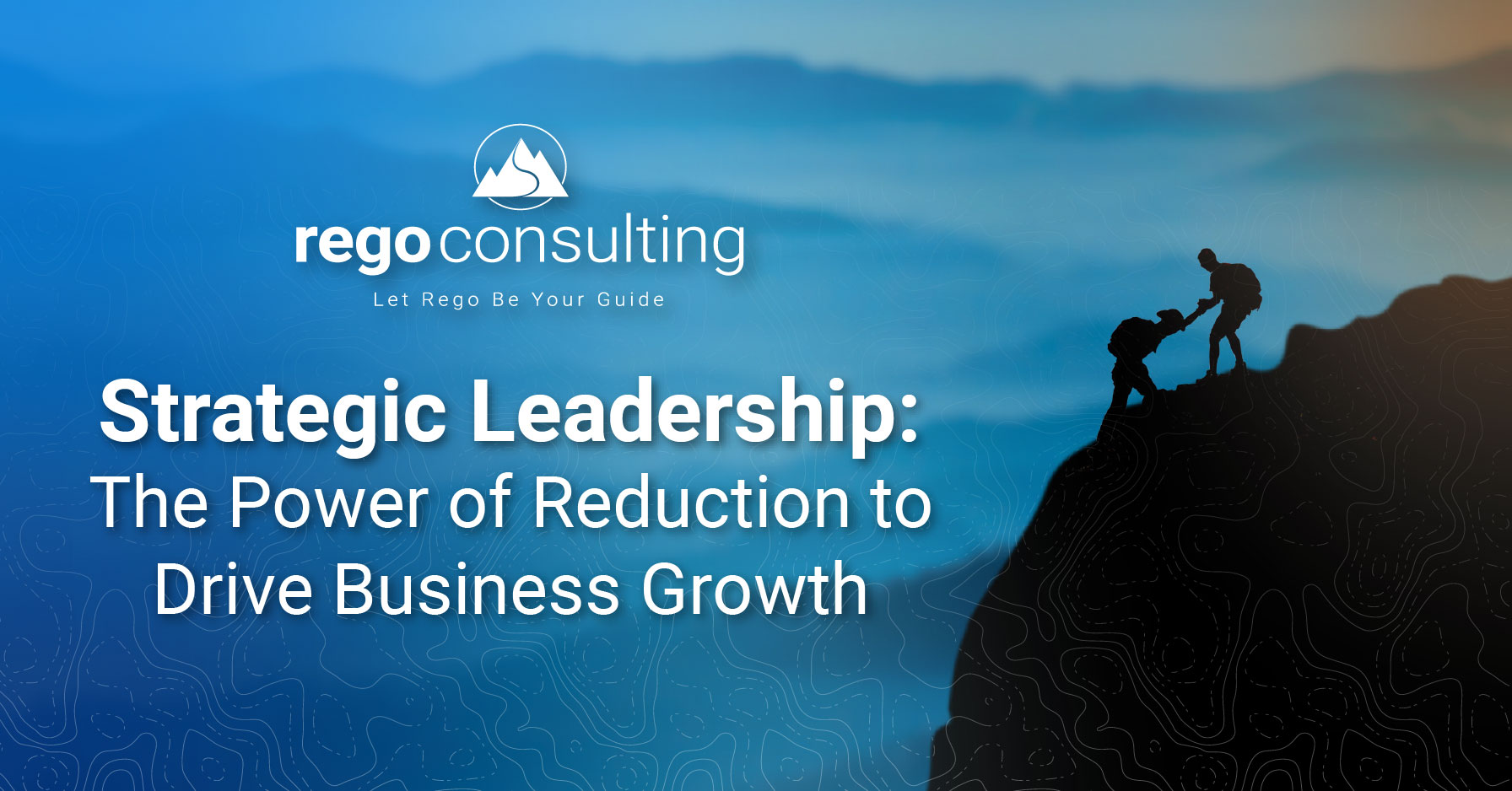
Wes McCoubrie, Wendy Kraly, Jason Soulier, and Allan Mills of the Rego Consulting regoProcess team discuss Organizational Change Management
Are you assisting and maturing PMOs or PPM processes? No one person can bring an organization through a major change. In our continuing Rego PPM Hangouts On Air, Jason Soulier, VP of Business Development and Marketing, moderates a conversation about Guiding Teams with three terrific consultants from our regoProcess Practice.
Listen to the audio, watch the Organizational Change Management video, or read a summary of Wendy Kraly, Wes McCoubrie, and Allan Mills’ conversation below.
Audio | OCM Guiding Teams
Video | OCM Guiding Teams
Organizational Change Management | How to Successfully Leverage Guiding Teams
When you need to make change happen, and ensure people accept and adopt it, it can’t be done with just a Project Manager or a project team. You need a guiding team.
A lot of people think organizational change management is just about training, but it’s also about communication and getting the right people in place to carry key change-awareness messages. You want guiding teams in your organization when you’re preparing for change. “Guiding teams play a critical role,” says Wendy. If you’re setting up a PMO or implementing a PPM process change, “you can’t just do that on your own. You need the help of a guiding team.”
There are lots of guiding team flavors, so to speak, says Wes. The key similarity is how they all function as a collective voice to make change stick and benefit the company, says Allan.

1. Use all Levels in a Guiding Team
Guiding teams have people from all areas and levels of the business, Wendy explains. The Sponsor is your ultimate guide, your executive champion. The Steering Committee is your executive team. Middle Management & End Users comprise your cross-functional team across the change impact zone. And at the field level, you have people working across major company locations because let’s face it, “you need people on the ground, not just people sitting in a room with your management team.”
2. Adopt a Guiding Team Mission Statement
Guiding teams are the people with a mission to translate your project or goal into the real-world, says Allan. Projects come from your formal organization, but guiding teams work within your informal network–which makes them very effective.
To meet their mission, guiding teams look at the different change adoption methods, says Wes. When you’re pushing out change at the lowest level, values and incentives are different than when you’re bridging a gap at the executive level.
3. Bring the Guiding Team in Early
It helps to bring guiding teams in when you’re going through Constituency Analysis, says Wes. Also known as Stakeholder Analysis. This is when you’re looking at who is getting impacted and how. Start there, with a variety of people from the impact zone.
“Everyone goes through change in a cycle of awareness,” says Allan. Change is an emotional process. Once the guiding team understands how they’re impacted, they can embrace and adopt the change. “The earlier you can bring them in, the earlier they can go through that cycle and help others go through the cycle as well.”
 4. Pick Influencers and Integrators for a Guiding Team
4. Pick Influencers and Integrators for a Guiding Team
“In one recent guiding team we put together, we were able to pick people who were very well-liked, very well connected, and had a lot of influence in the company,” said Wes. “Maybe not from a title perspective–but they were influencers. People listened to them and bought in when they told their peers this is a good thing—we should get on board.” It became a real success story.
“If the team feels like they can trust the change advocator, it goes through the organization more effectively,” says Allan.
But if you don’t have urgency, dedication, and commitment, you’re not going to be successful, says Wendy. “When we come into companies that have started setting up a PMO, and it’s just not sticking, we take a step back and often realize we don’t have the right people in place.”
“Don’t be afraid to take time,” says Wendy. “Pull people in and push people out if they’re not gelling well. Get the core team strong, and get that trust and commitment.”
“To make it happen, you have to set and reset until you’ve got the right group in place. And those folks will make it happen, and you will be successful,” says Wendy.
Finally, recognize guiding teams are not a side project. For the best results, integrate them into your overall picture and rollout plan. And, as Wes says, if you’re a Change Manager, be comfortable with manipulating, influencing, and steering people for the right reasons—for the value of pushing forward.
Thanks to Wendy Kraly, Wes McCoubrie, and Allan Mills for sharing their insights. What are your experiences with guiding teams? We’d love to hear about it in the comments.
Join our mailing list below.











